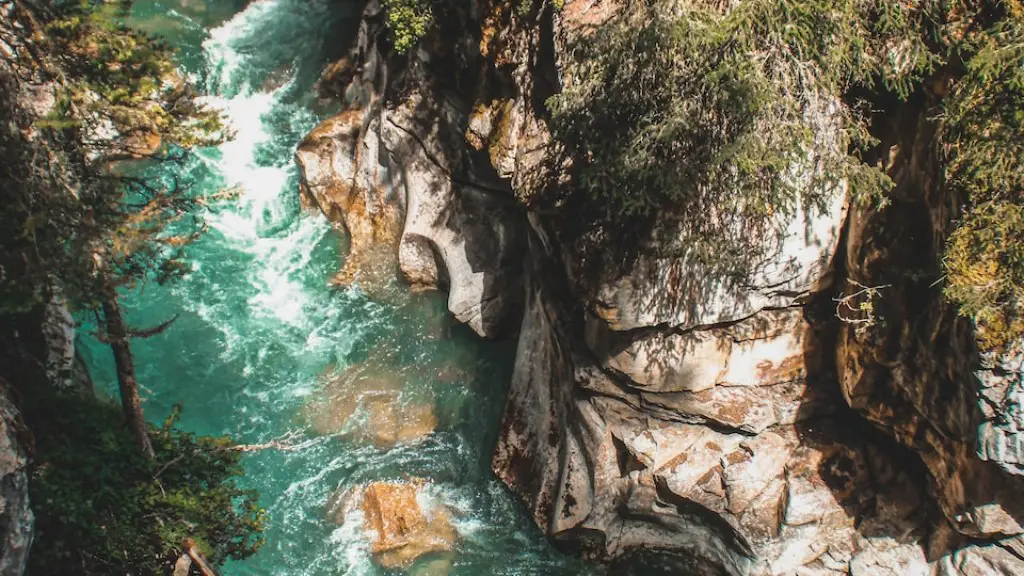Yangtze River is the longest river in Asia and the third-longest river in the world, stretching for 6,300 kilometers from its source in Qinghai province in the Tanggula Mountains to East China Sea. It flows from west to east, through the provinces of Sichuan, Hubei, Hunan, Jiangsu and Anhui. On its journey, it passes through some of China’s most populated areas and some of the most magnificent gorges in the world.
Yangtze River is the largest river in terms of drainage basin size in Asia and flows through the major cities of Yichang, Wuhan, Nanjing, Chongqing and Shanghai. The river system is connected with the Yellow River and Pearl River basins.
Yangtze River plays a vital role in the economic, cultural, and social life of China. It is a major transportation route to connect different cities, inundating hundreds of millions of hectares of flood plains annually. It is also an important source of water for fish, irrigation and drinking water.
The ecology of the Yangtze River has been under pressure due to urban development, industrial pollution, and large-scale hydropower projects. In addition, overfishing has been a major issue and has caused some fish species to become endangered. In order to protect the river, the Chinese government has taken some measures such as creating the Yangtze River Protection Law and building a number of dams.
Experts have noted that the ecological condition of the Yangtze River is deteriorating. The degradation of water quality has put significant strain on the local ecosystems, including aquatic biodiversity and the habitats affected by the river. Water pollution has been identified as one of the most significant threats to the delicate balance of Yangtze River. In addition, hydropower projects have caused siltation and heavy losses of fish and aquatic organisms.
In order to protect and maintain the ecological balance of the Yangtze River, authorities have launched a number of initiatives and laws. These include the “Yangtze Action Plan”, the State Council’s “Management Action Plan on Pollution Control over the Yangtze River Basin”, and the “Regulation on Prevention and Control of Pollution in Yangtze.”
The Chinese government has also taken steps to conserve the Yangtze River by setting up a number of protected areas along the river. These include the Three Gorges National Park, the Sanxia National Park, the Poyang Lake National Wetland Park, and the Anning River National Nature Reserve. These areas are important refuge and breeding grounds for a multitude of fish and wildlife species.
Environmental Conservation Projects
The environmental conservation projects conducted by the Chinese government are also helping to protect the ecological balance of the Yangtze River. These include the establishment of the “Three Parallel Rivers National Park”, a nature reserve that stretches from Qinghai to Yunnan provinces, encompassing the Yangtze, Yellow and Lancang Rivers. The conservation project also enforces stricter regulations on the use of water resources and pollution. Furthermore, the construction of Three Gorges Dam, the world’s largest hydropower project, is designed to reduce the risk of flooding, promote navigation and generate electricity.
Protection of Endangered Species
The Yangtze River is home to a variety of endangered species, including the Chinese alligator, Chinese Sturgeon, Chinese Giant Salamander, migratory waterfowl, and the Irrawaddy Dolphin. To protect these species, the government has set up a number of nature reserves and protected areas. For instance, the Chinese Alligator Nature Reserve is a 1,100,000 hectare (2.7 million acre) protected area that is home to the Chinese alligator.
In addition, the Chinese Sturgeon Nature Reserve was established in 1987 and was designated as a UNESCO World Heritage Site in 1998. It is the world’s largest fresh-water lake and is home to the endangered Chinese sturgeon. Currently, there are six large reserves along the Yangtze River for this endangered species.
Economic Considerations
The Yangtze River provides vast economic benefits to the people living in the basin. It is an important transportation route for the transportation of goods, agricultural products and coal, and is also an important source of hydroelectric power, irrigation and drinking water. The government has also implemented a number of initiatives to promote economic development of the area, including the establishment of a number of industrial zones along the Yangtze River, and construction of the Three Gorges Dam.
Future of the Yangtze River
Experts believe that the future of the Yangtze River depends on the continuous efforts to protect the river basin. Government agencies and non-governmental organizations must continue to take protective measures to clean up the river and promote sustainable development. Additionally, intensified water resource management, improved environmental regulations and enforcement of existing laws are also essential for the future of the river.
Currently Used Pollution Control Technologies
At present, a number of pollution control technologies are used to protect the Yangtze River and its tributaries. These include the “Three-Year Action Plan for Controlling Non-Point Source Pollution in the Yangtze River Basin”, which aims to reduce land-based pollution, as well as the xxxx Wastewater Treatment Plant, which is designed to reduce wastewater emissions. In addition, sewage treatment is used to clean up most urban rivers.
Intensifying Conservation Efforts
To ensure a healthy river basin for future generations, conservation efforts should be intensified. One way to do this is by decreasing the number of untreated pollutants released into the river. To this end, authorities must ensure that domestic and industrial wastewater are not discharged into the Yangtze River. In addition, sustainable land use practices must be adopted to protect the fragile wetlands and marshes of the river basin.
Engagement of Local Communities
The engagement of local communities is critical in order to enhance the efforts of conservation. This can be done by involving the local people in cleaning up the river and ensuring that they understand the importance of preserving the river. In addition, authorities can also encourage local businesses to implement measures that reduce their impact on the river, such as using renewable energy sources, and reducing the use of chemicals and other pollutants.



